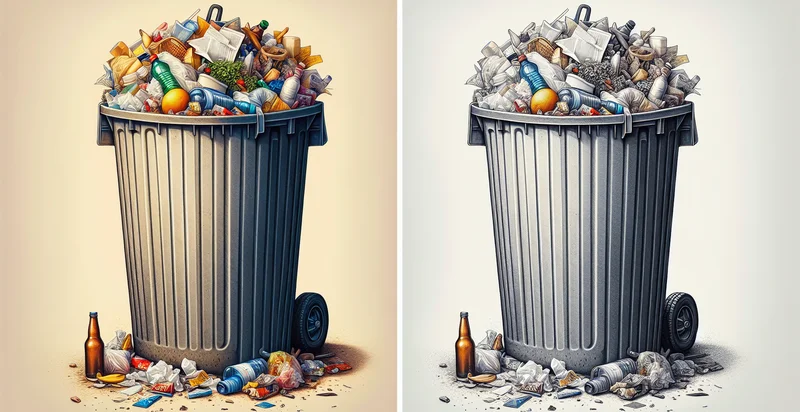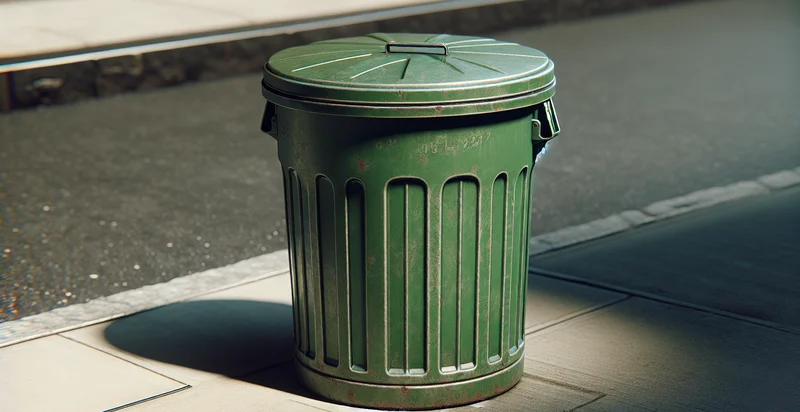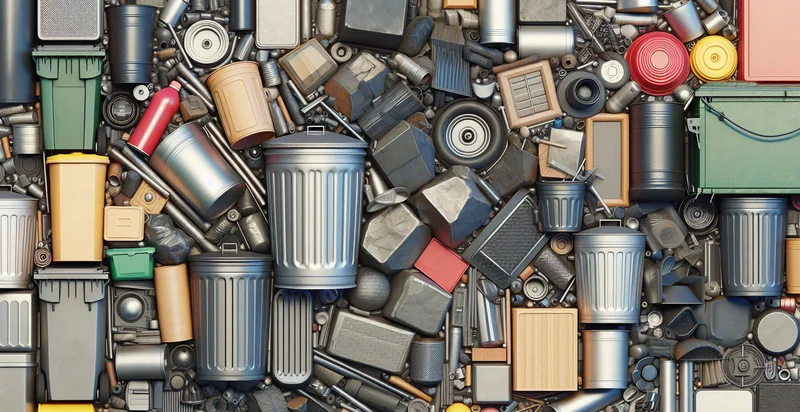Identify whether trash can is full or empty
using AI
Below is a free classifier to identify whether trash can is full or empty. Just upload your image, and our AI will predict if the trash can is full or empty - in just seconds.

Contact us for API access
Or, use Nyckel to build highly-accurate custom classifiers in just minutes. No PhD required.
Get started
import nyckel
credentials = nyckel.Credentials("YOUR_CLIENT_ID", "YOUR_CLIENT_SECRET")
nyckel.invoke("whether-trash-can-is-full-or-empty-identifier", "your_image_url", credentials)
fetch('https://www.nyckel.com/v1/functions/whether-trash-can-is-full-or-empty-identifier/invoke', {
method: 'POST',
headers: {
'Authorization': 'Bearer ' + 'YOUR_BEARER_TOKEN',
'Content-Type': 'application/json',
},
body: JSON.stringify(
{"data": "your_image_url"}
)
})
.then(response => response.json())
.then(data => console.log(data));
curl -X POST \
-H "Content-Type: application/json" \
-H "Authorization: Bearer YOUR_BEARER_TOKEN" \
-d '{"data": "your_image_url"}' \
https://www.nyckel.com/v1/functions/whether-trash-can-is-full-or-empty-identifier/invoke
How this classifier works
To start, upload your image. Our AI tool will then predict if the trash can is full or empty.
This pretrained image model uses a Nyckel-created dataset and has 2 labels, including Full and Empty.
We'll also show a confidence score (the higher the number, the more confident the AI model is around if the trash can is full or empty).
Whether you're just curious or building whether trash can is full or empty detection into your application, we hope our classifier proves helpful.
Related Classifiers
Need to identify whether trash can is full or empty at scale?
Get API or Zapier access to this classifier for free. It's perfect for:
- Smart Waste Management: This function can be integrated into smart waste bins to automatically determine if they are full or empty. By providing real-time data, municipalities can optimize waste collection routes and schedules, reducing operational costs and environmental impact.
- Public Park Maintenance: Parks often have numerous trash cans that can become overfilled quickly, leading to unsightly litter. By employing this binary classification, park maintenance teams can be alerted when specific bins are full, ensuring timely cleaning and enhanced visitor experience.
- Retail Store Waste Monitoring: Retail stores can utilize this technology in their waste management strategy to monitor the fill level of trash cans within the store. This allows staff to manage waste disposal more efficiently, helping to maintain a clean shopping environment and enhance customer satisfaction.
- Event Waste Management: During large events or concerts, trash cans can fill up rapidly. This function can be used to monitor bin status and keep event staff informed, allowing for prompt emptying and maintaining cleanliness throughout the venue.
- Smart Home Assistants: Home automation systems can integrate this classification function to monitor kitchen or home office trash cans. Users can receive notifications on their smartphones when it's time to take out the trash, making home waste management more effortless.
- IoT-enabled Cities: Smart cities can deploy interconnected waste bins equipped with this technology to gather data on waste levels citywide. This data can be used for urban planning and sustainable waste management strategies, contributing to cleaner urban environments.
- Environmental Monitoring: Organizations focused on sustainability can utilize this classification to analyze waste generation patterns in various locations. Understanding when and where trash cans become full can help in designing targeted recycling and waste reduction programs.


